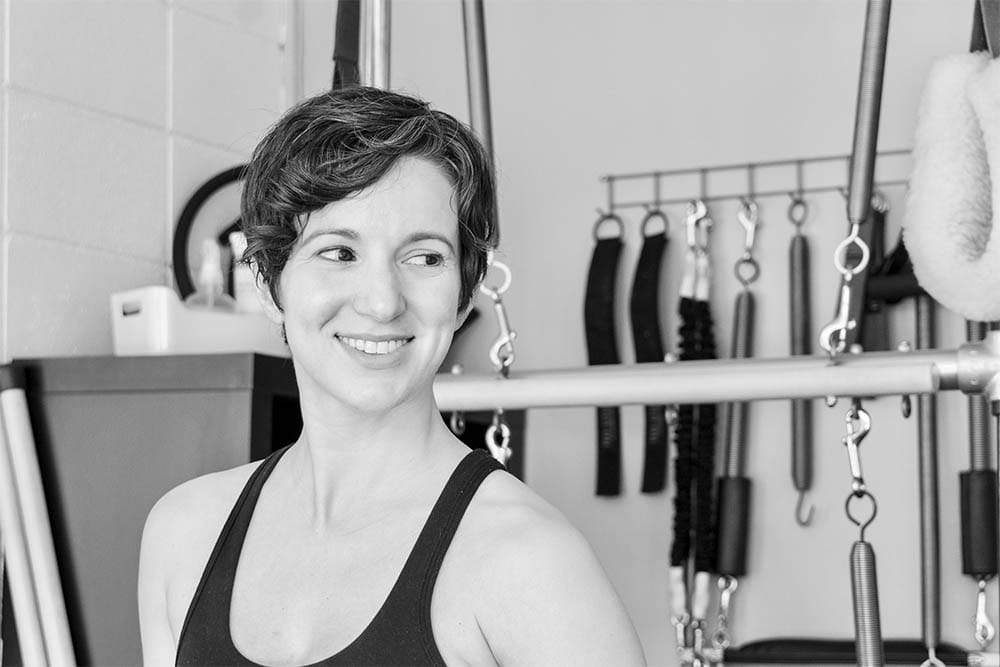
Going to class is a particular joy of mine. It probably stems from my background in dance, particularly ballet, where the daily ritual of finding my place at the barre, watching the teacher demonstrate the first movement phrase, placing my hand on the wood, hearing he first chord of the piano and sinking into my first plié of the day was like church. As my movement practice has changed over the years and I traded the ballet barre and wooden floor of a dance studio for a yoga mat or pilates reformer, I still have a deep reverence for class and the idea of being taught. So, when I am faced with the question from my own dear clients on what I “do on my own to keep myself in shape?” I am caught at times off guard. Of course I can send a client home with a list of exercises to compliment what we do in their sessions or group classes, but looking beyond the confines of a home program to really get in touch with creating a daily movement practice or ritual for yourself can be a bit daunting. You are asking yourself to be your own teacher. What do I practice? I am doing it right? Can I move without someone watching and correcting me? These are all questions that I experience for myself and hear from clients that they experience too moving on their own.
So what do we do? Well, although I teach movement this fundamental question often leads me back to my training in the Alexander Technique where the practitioner and client very often practice what is called “non-doing” or the ability to pause, inhibit an initial response to stimuli and then re-direct whatever action is most helpful to the body and mind. Whether you consider this practice a form of meditation or simply just a way to feel what your body might need on a given day here is a little constructive rest and body scan practice that might help to clarify what your body needs before you delve into that home program!
1) Lie on you back on the floor if you can with your head propped up gently on a book or folded towel. Let your feet be wider than hip width apart and allow the knees to knock in and rest on each other. Rest your hands on your ribs so you can feel you breath.
2) With your eyes open, but soft, start to internally scan your body. Notice your habits. Does thinking about your low back make your breath shallow or your neck tighten for example? Try not to judge but simply notice, pause, breathe and move on.
3) Try not to dwell in the places you have a story about like “ugh…my awful tight hamstrings” or “why doesn’t back lie flat, it should right??? Ugh again….” Give yourself a break and try to be objective and curious about what you body is telling you.
4) Aim for 10 minutes. WHAT????!!!! 10 MINUTES!!!!! Yes. 10 whole minutes.
Wishing you happy healthy moves and thoughts,
Josselyn xoxo
